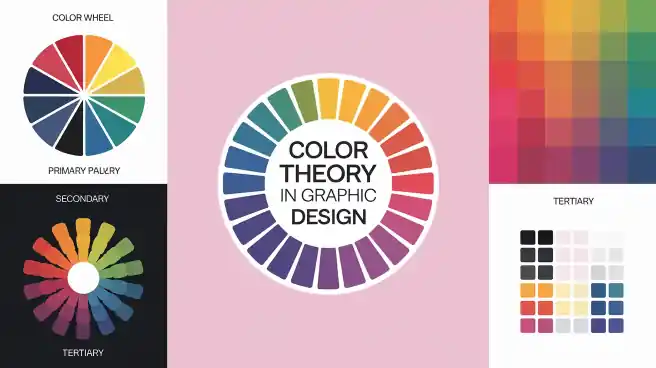
Understanding effective color use in design is crucial for creating visually appealing and impactful projects. This article will explore the principles of color theory and how to apply them effectively in your design work.
The Basics of Effective Color Use in Design

Effective color use to starts with understanding the color wheel. The primary colors (red, blue, and yellow) form the foundation, while secondary colors (green, orange, and purple) are created by mixing primary colors. Tertiary colors are formed by mixing primary and secondary colors. Knowing these relationships helps in using color effectively in design.
Color Harmony in Effective Color Use in Design
Color harmony is essential for effective color . It involves combining colors in a way that is pleasing to the eye. There are several color harmony schemes, including complementary, analogous, and triadic. Using these schemes can help you create balanced and visually appealing designs. For instance, complementary colors (colors opposite each other on the color wheel) can create a vibrant look, while analogous colors (colors next to each other on the color wheel) provide a more harmonious and serene feel.
The Psychological Impact of Effective Color Use in Design

Colors can evoke emotions and influence perceptions, making the psychological aspect of effective color . For example, red can evoke feelings of passion and urgency, while blue can create a sense of calm and trust. Understanding the psychological impact of colors can help you use color effectively to convey the right message and evoke the desired emotions in your audience.
Practical Applications of Effective Color Use in Design

Applying effective color that are involves more than just choosing colors that look good together. It also requires considering the context and purpose of your design. For instance, using color effectively in branding involves selecting colors that align with the brand’s identity and values. In web design, effective color use can guide the creation of a user-friendly interface by ensuring sufficient contrast and readability.
Tools for Mastering Effective Color Use in Design
Several tools can help you master effective color . Online color palette generators, color wheel tools, and design software with built-in color theory features can assist you in selecting and applying colors effectively. These tools can simplify the process of creating harmonious color schemes and ensure that your designs are visually appealing and effective.
Conclusion: Mastering Effective Color Use in Design

In conclusion, understanding and applying effective color used for essential for creating impactful and visually appealing projects. By mastering the basics of color theory, understanding color harmony, considering the psychological impact of colors, and using the right tools, you can use color effectively in your design projects. Remember, effective color use isis not just about aesthetics; it’s about using to communicate and connect with your audience effectively.